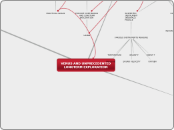par Diego Braña López Il y a 8 années
189
Medieval Music. Diego
Medieval music spans from the 5th to the 15th century, encompassing a range of societal influences, including the church, feudal lords, and warriors. Music from this era is categorized into secular and religious forms.









